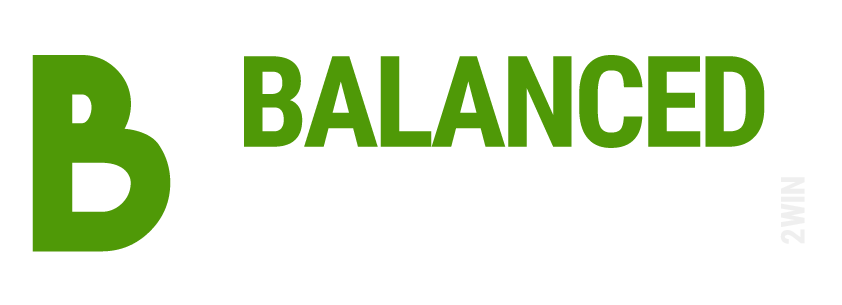
Cost Management & the Balanced Scorecard
In the classic film, Sunset Boulevard, Gloria Swanson portrays a long-forgotten silent movie goddess who has been unable to make the transition to “talkies.” Adamantly refusing to accept the new realities of her industry she utters: “I am big. It’s the pictures that got small.” Like our faded screen star, the discipline of Cost Management is currently facing a transitional challenge – meeting the rapidly changing information needs of today’s decision makers. This article will briefly explore a role for the Balanced Scorecard to play in the Cost Management transformation.
Clearly, we live in a new world, one that features near perpetual change, global competition, tremendous customer demands, and increased shareholder expectations. Cost management must face the realities of this new economy head-on or risk losing relevance and being left behind. A focus on historical information and an inward perspective that largely ignores the entire supply chain is no longer adequate for today’s decision makers. In a transformation mirroring that of the larger discipline of Finance, the Cost Management profession is responding with a clear mandate for the 21st century: providing the information companies need in order to produce the value their customers demand. The Cost Management professional of tomorrow will be a trusted business partner, providing the vital cost information needed by management in the pursuit of an optimal mix of activities and processes to drive sustained customer value. An integral component of the Cost Management evolution is a focus on the importance of performance measurement.
The Balanced Scorecard has emerged as a proven and effective performance measurement tool in our quest to capture, describe, and translate intangible assets – the zeitgeist of the new economy – into real value for all of an organization’s stakeholders, and in the process allowing organizations to successfully implement their differentiating strategies. Developed by Robert Kaplan and David Norton, this deceptively simple methodology translates an organization’s strategy into performance objectives, measures, targets, and initiatives in four balanced perspectives: Financial, Customer, Internal Process, and Employee Learning and Growth. While many organizations have used a combination of financial and non-financial measures in the past, what sets the Balanced Scorecard apart is the concept of cause and effect linkages. A well-constructed Scorecard will tell the story of an organization’s strategy through a series of linked performance measures weaving through the four perspectives. Let’s examine how the combination of Balanced Scorecard measures and Cost Management techniques can work together in satisfying the ever-growing needs of the information consumer.
Many “traditional” Cost Management professionals may view the financial perspective of the Scorecard as their natural home, since many cost-related insights will be revealed in that section of the tool. However, upon further reflection we discover that modern Cost Management cuts a wide swath through the entire Scorecard architecture.
In the Customer perspective organizations must determine their target customers and also devise the value proposition they will use in pursuing that group. Regardless of the value proposition a given firm pursues it relies on profitable customer relationships to drive economic success.
Sounds simple enough, but research indicates that the most profitable 20% of customers generate between 150% and 300% of total profits. The middle 70% of customers break even and the least profitable 10% of customers lose from 50% to 200% of total profits (i.e.) Activity Based Costing (ABC) can be combined with information provided in the Balanced Scorecard to assist an organization in determining the true profitability of targeted customer segments. These insights are invaluable as firms analyze current relationships and attempt to transform money-losers into future economic success stories. The Internal Process perspective of the Scorecard focuses on those processes the firm must excel at in order to add value for customers, and, ultimately, shareholders. Many organizations will closely examine the quality, timeliness, and cost of current processes. Once again ABC can be used to critically examine the true cost of current processes in an effort to determine whether the expected benefits in customer outcomes arising from the process exceed the cost of engaging in the activity. Finally, even the outcomes emanating from the Employee Learning and Growth perspective – often considered the “soft stuff” – will benefit from the discerning eye of the Cost Manager.
Measures in this perspective are often described as “enablers” of results in the other three perspectives. Investments in employee skills, tools, and alignment programs are hypothesized to drive results ranging from greater innovation to increased customer loyalty and ROE. These drivers cannot be taken for granted, however. As with any other investment, the Cost Manager must determine the true value being created from each dollar of cost.
Many organizations reaping the rewards of the Balanced Scorecard cite an increase in “strategic conversations” as a key benefit of the effort. They note that while Scorecard results don’t always supply every answer in the firm’s quest to execute its strategy they do lead to better questions, as executives, managers, and employees alike work together to critically examine and learn from the assumptions inherent in the Scorecard. With a renewed focus on providing critical information in the drive to create customer value and a clear motivation for change, the Cost Management profession is in an enviable position of facilitating many of these strategic dialogs throughout the modern organization.
References:
- Robert S. Kaplan and V.G. Narayanan, “Measuring and Managing Customer Profitability,” Journal of Cost Management, September/October 2001, 5-15.

